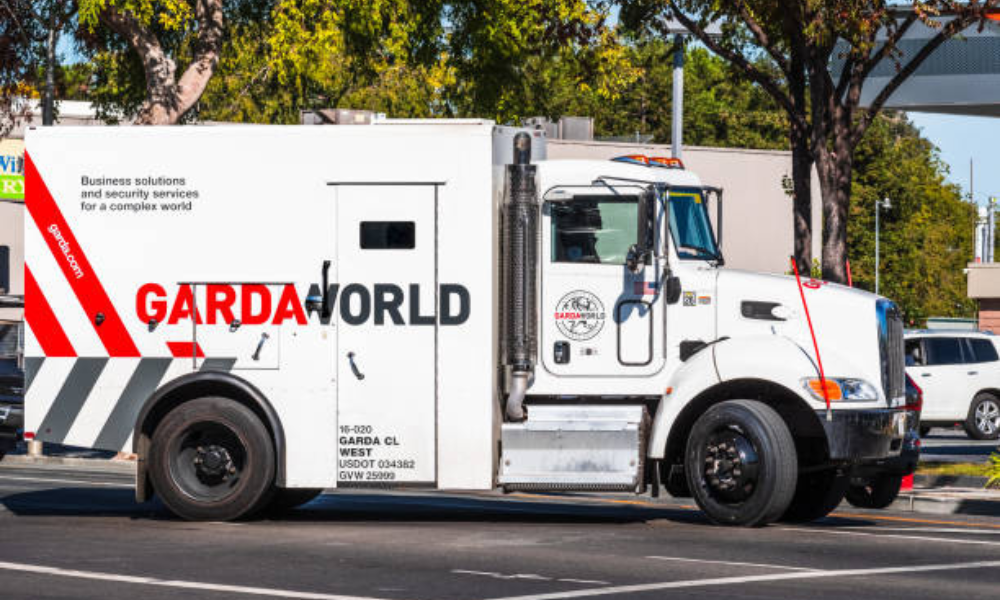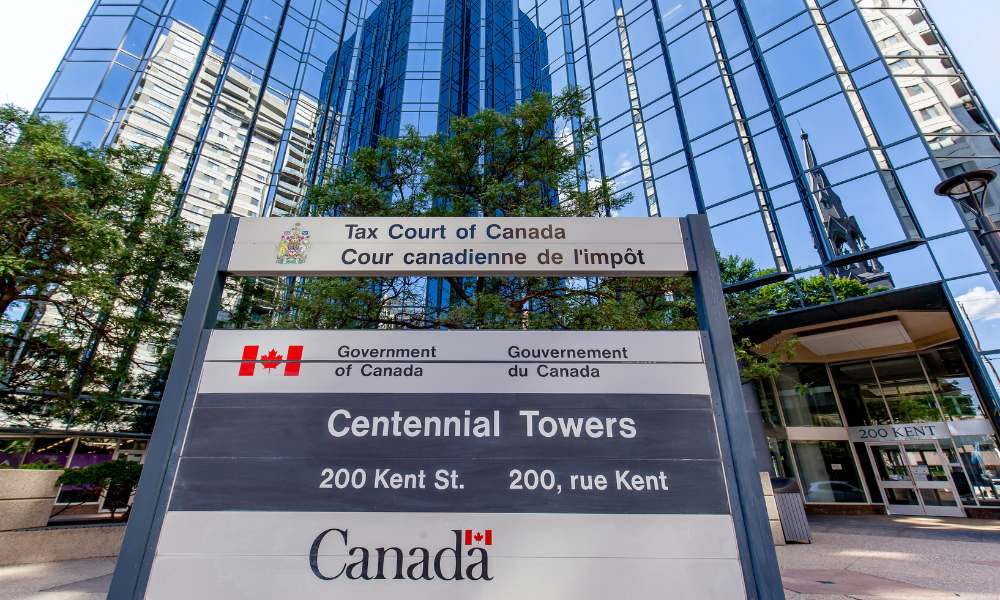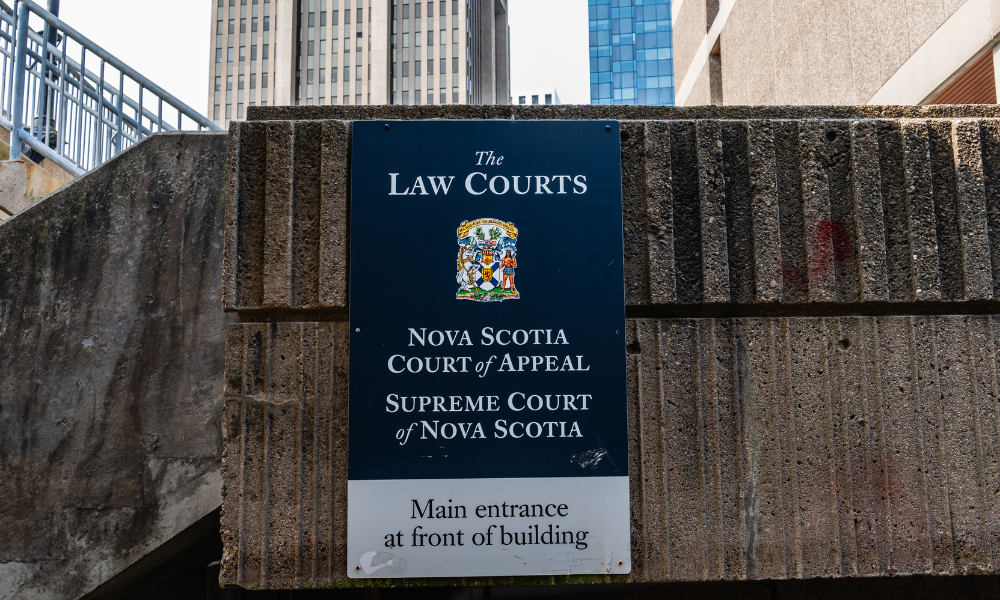Healthcare transfers to provinces represent bulk of new money

Healthcare, a clean economy and helping Canadians deal with the higher cost of living are the key points of this year’s federal budget released today, outlining $43 billion in net new spending over six years.
Among the key features is a $13-billion dental care plan for families earning less than $90,000 annually, part of more than $31 billion in new spending that includes already-announced increases in health-related transfer payments to provinces.
A one-time “grocery rebate” will give up to $467 for families of four living on low incomes (and less for single people and couples) to counter higher food prices. The rebate is part of $5.2 billion in affordability measures, including a doubled GST rebate for lower-income Canadians this year.
Deputy Prime Minister and Finance Minister Chrystia Freeland also said Ottawa would spend $21 billion to promote a low-carbon economy, including tax credits for investment in technology, hydrogen production, and clean electricity generation.
Freeland’s third budget “is leaner than we’ve seen in years, but it maintains the
Liberal government’s focus on building a green economy and helping households’ own budgets,” says an analysis note by McMillan Vantage policy group, a part of McMillan LLP.
As well, it notes the budget does not have the pathway to balance that was evident in the Fall Economic Statement. That “evaporated in the face of the recent healthcare spending deal with the provinces, implementation of dental-care as part of the confidence-and-supply agreement with the NDP, and the need to respond to the U.S. Inflation Reduction Act. “
Other features of this year’s budget include:
- Nearly $10 billion in funding for Indigenous programs, including $4 billion over five years for Indigenous housing
- More than $2 billion for Canada’s space agency, including $1.2 billion over 13 years, to develop a lunar utility vehicle
- $1.8 billion to improve wait times and security screening at airports to be financed by an increase to the Air Travellers Security Charge
- $359 million over five years for programs addressing the opioid crisis
- $158 million over three years for a suicide prevention hotline
- $54 million to Employment and Social Development Canada to track down COVID overpayments
- $13.8 million for safe sport in Canada, a response to abuse scandals in recent years
- Creation of a new agency to combat foreign interference
- Creation of a national counter-foreign intelligence office
- A new leave for federally regulated workers who experience a pregnancy loss
- Agreement with Visa and Mastercard to lower transaction fees to help small businesses
- The official launch of a previously announced first-time homebuyers’ savings program on April 1, and a “code of conduct” for mortgages to protect Canadians facing payment pressures
McMillan Vantage says in its analysis that the budget outlines some big-picture economic steps, such as an entire chapter touting a “Made-in-Canada Plan” for a green-energy economy that could just as easily be titled “Canada responds to the U.S. Inflation Reduction Act.” It also notes that many of these “new” are detailed announcements of money “booked” in last year’s budget or in the 2022 Fall Economic Statement.
“This means the substance of this document is more about the details of already-promised programs than about spending ‘new’ money,” it says. “In fact, the ‘new’ money in the
budget is split between healthcare (including expanded dental care) and further funding for a green economy and the supply chain required to build it.”
Budget 2023 also promises that, by year’s end, the government will put forward a plan to
improve the impact assessment process, which was created to tighten timelines for project approvals, but has failed to do so. The budget notes that “it should not take 12 years to open a critical minerals mine.”
To pay for these initiatives, the deficit will increase, coming in at $40.1 billion in 2023-24 from the $30.6 billion predicted in the fall. The new spending will be offset with nearly $15.4 billion over the next five years through “targeted reductions.” This will include less use of outsourcing and consultants and reducing travel expenses.
There will also be a two-percent tax on stock buybacks, a hike in the “alternative minimum tax” to make the wealthier pay more and a plan to tax dividends received by financial institutions. These three initiatives should raise $11.6 billion over the next five years.
The budget is also increasing the air travellers’ security charge by 32.85 percent to address the sorry state of Canada’s airports. That works out to a $34.82 levy on international flights.
Finance Minister Chrystia Freeland indicated the government is no longer forecasting the budget could be back in the black by 2027-28. Instead, the deficit should decline gradually over the next five years to about $14 billion in 2027-28.
With the federal debt now at $1.18 trillion, the debt-to-GDP ratio is expected to rise to more than 43 percent in each of the next two years, from 42.4 percent in 2022-23, before gradually dropping to under 40 percent in 2027-28.
The economic outlook has taken a significant downturn since the government’s fall economic statement, leaving it with lower-than-expected revenues over the next six years, working out to about $5.7 billion less revenue annually over that period.
A key focus of this year’s budget is promoting the transition to clean energy and technologies. It introduces a 15 percent refundable tax credit for investments in non-emitting electricity generation and storage – a program also available to publicly owned utilities.
Another 30 percent refundable tax credit will apply to investments in new machinery to manufacture clean technology or to mine or process critical minerals. That credit is projected to cost $4.5 billion over five years.
McMillan Vantage notes that the Liberal government, like the U.S. President Joe Biden’s administration, “see opportunity in stable continental supply chains, especially with regard to critical minerals.” Canada has the raw goods, while the U.S. and Western allies need them in the face of Russian wars and Chinese disruption.
The Canada Infrastructure Bank is also expected to invest $20 billion to support clean energy and clean growth projects. There is also $3 billion over 13 years for Natural Resources Canada to bolster the electricity grid and promote offshore wind generation.
There is also a plan to allow the Public Sector Pension Investment Board to manage the assets of the Canada Growth Fund to attract private capital to the sector.
“In essence, the government money will act as an ‘angel investor’ in green or clean technologies that are ready to scale or commercialize,” says the McMillan Vantage analysis.
“This isn’t about funding research, but about helping small-to-medium sized companies grow, in exchange for some kind of an ownership stake.”
Once the Public Sector Pension Investment Board is given the power to manage the assets of the Canada Growth Fund, it will formally begin working with private companies to attract private capital investment.










